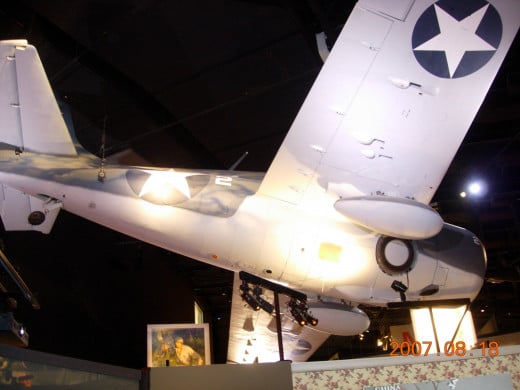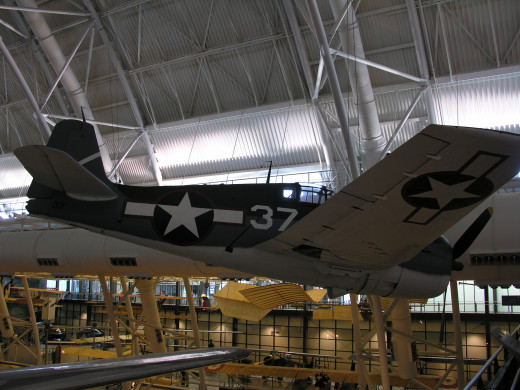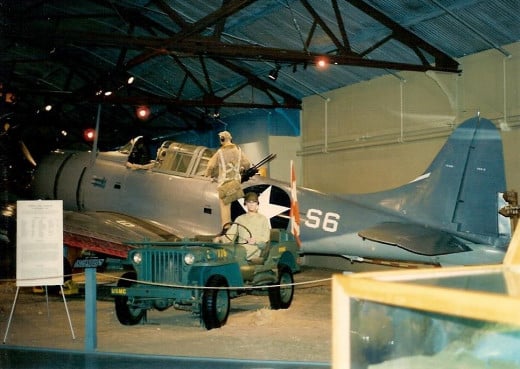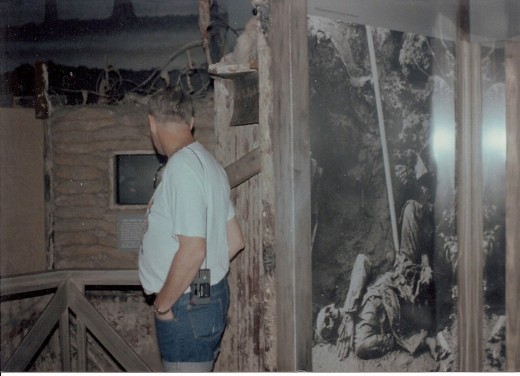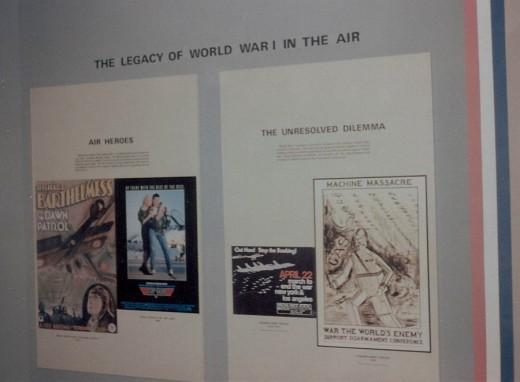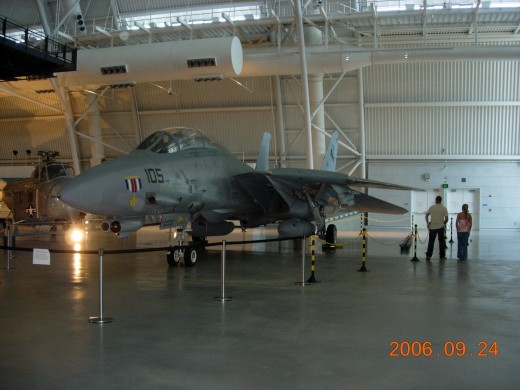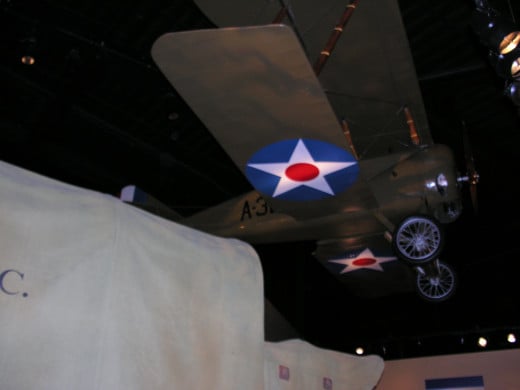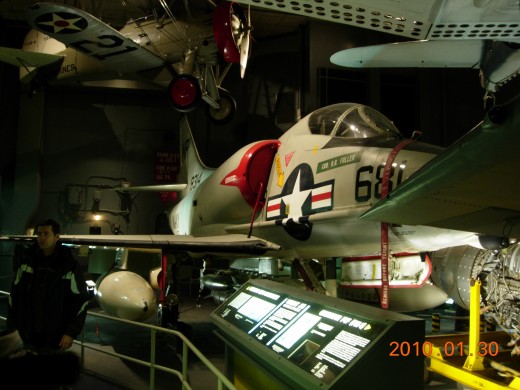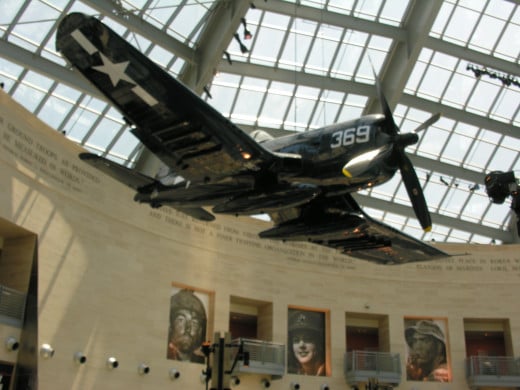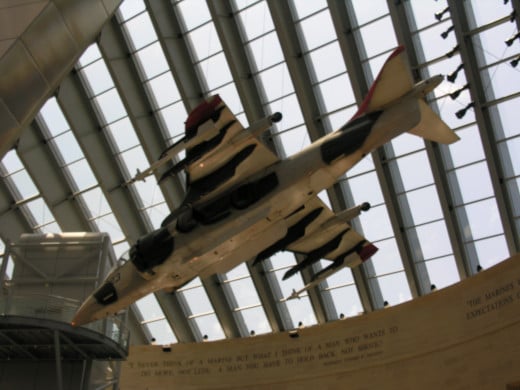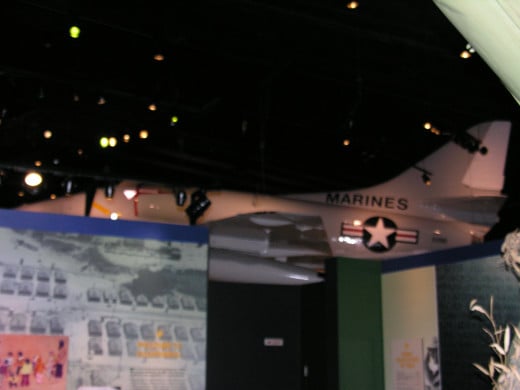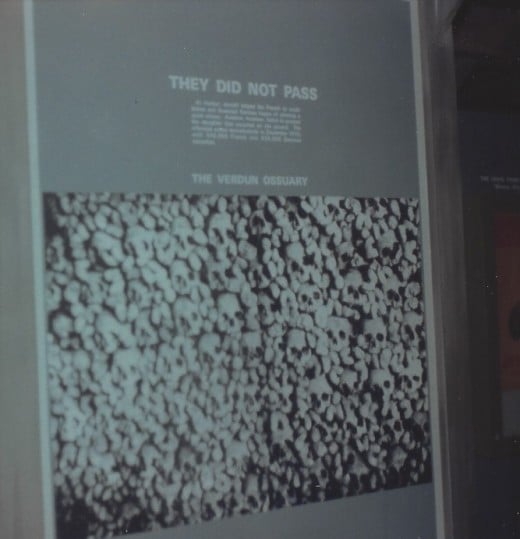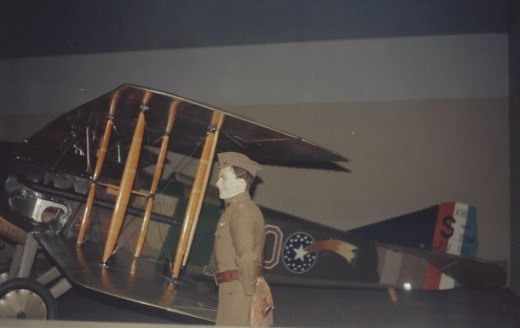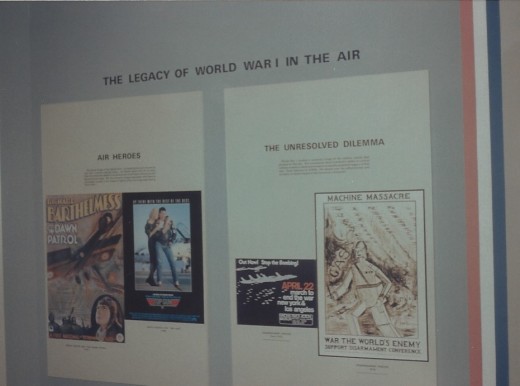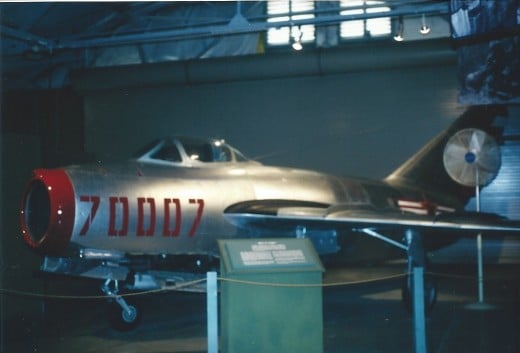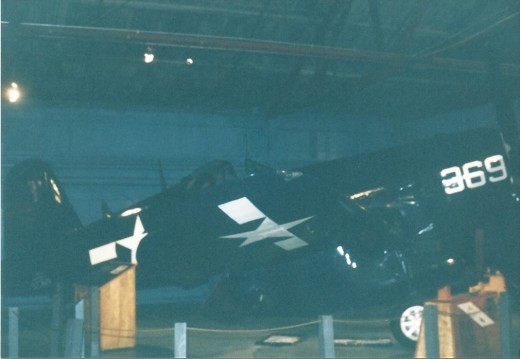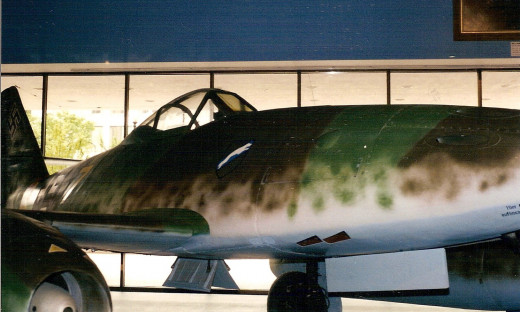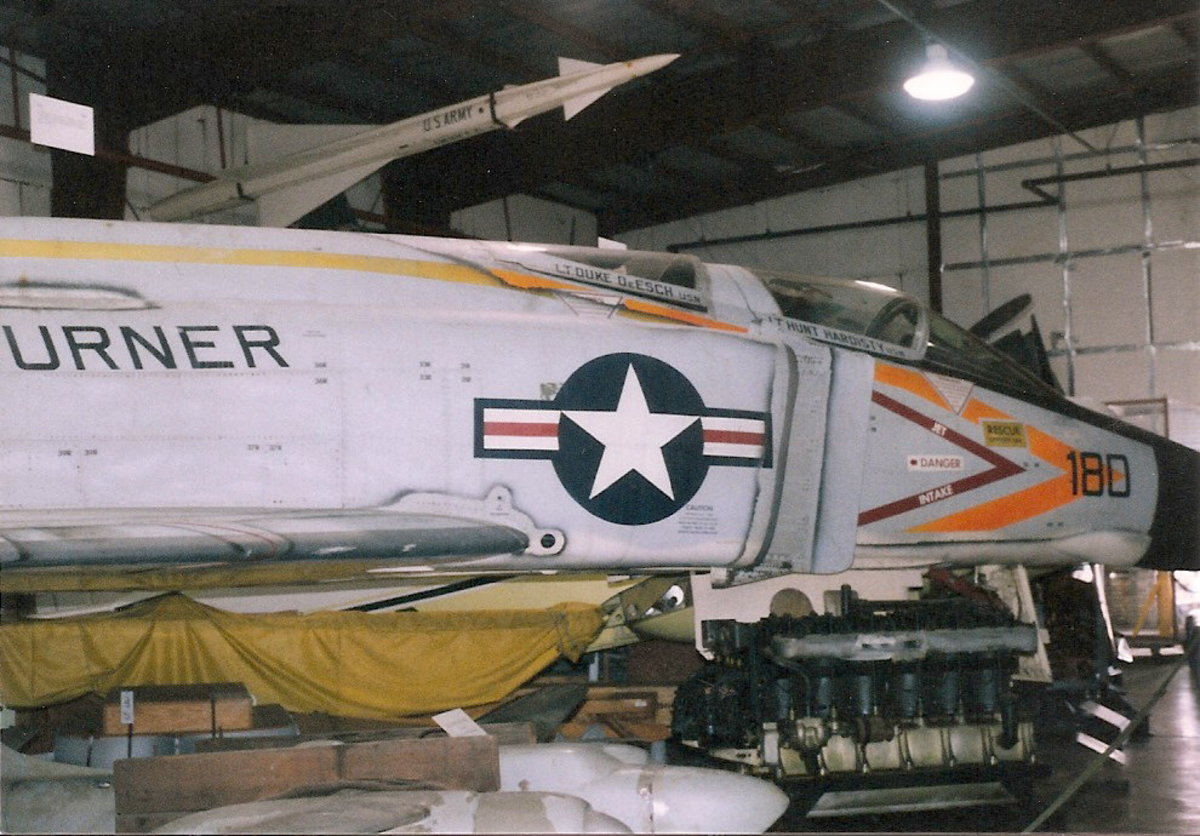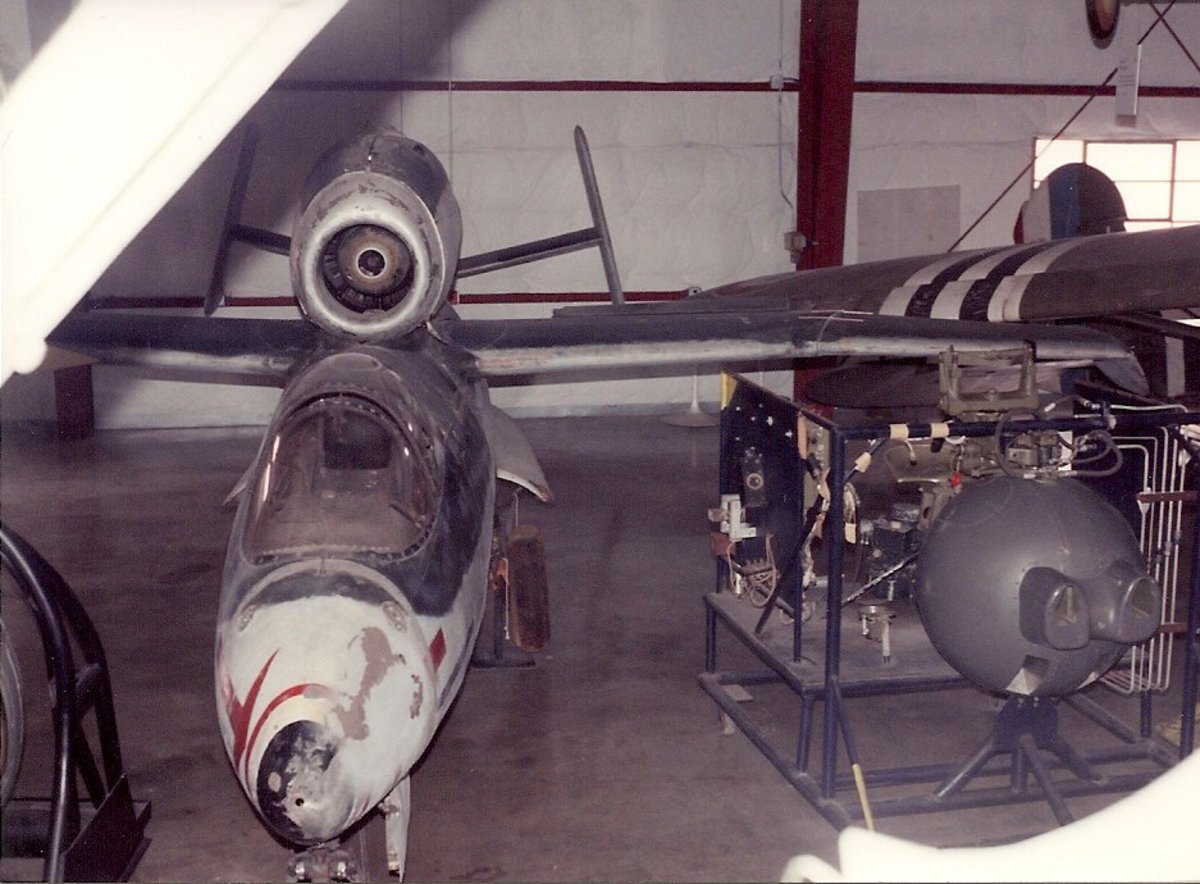- HubPages»
- Education and Science»
- History & Archaeology»
- Archaeology
Contextual vs. Stand-Alone Exhibits
Context vs Stand Alone
Click thumbnail to view full-size





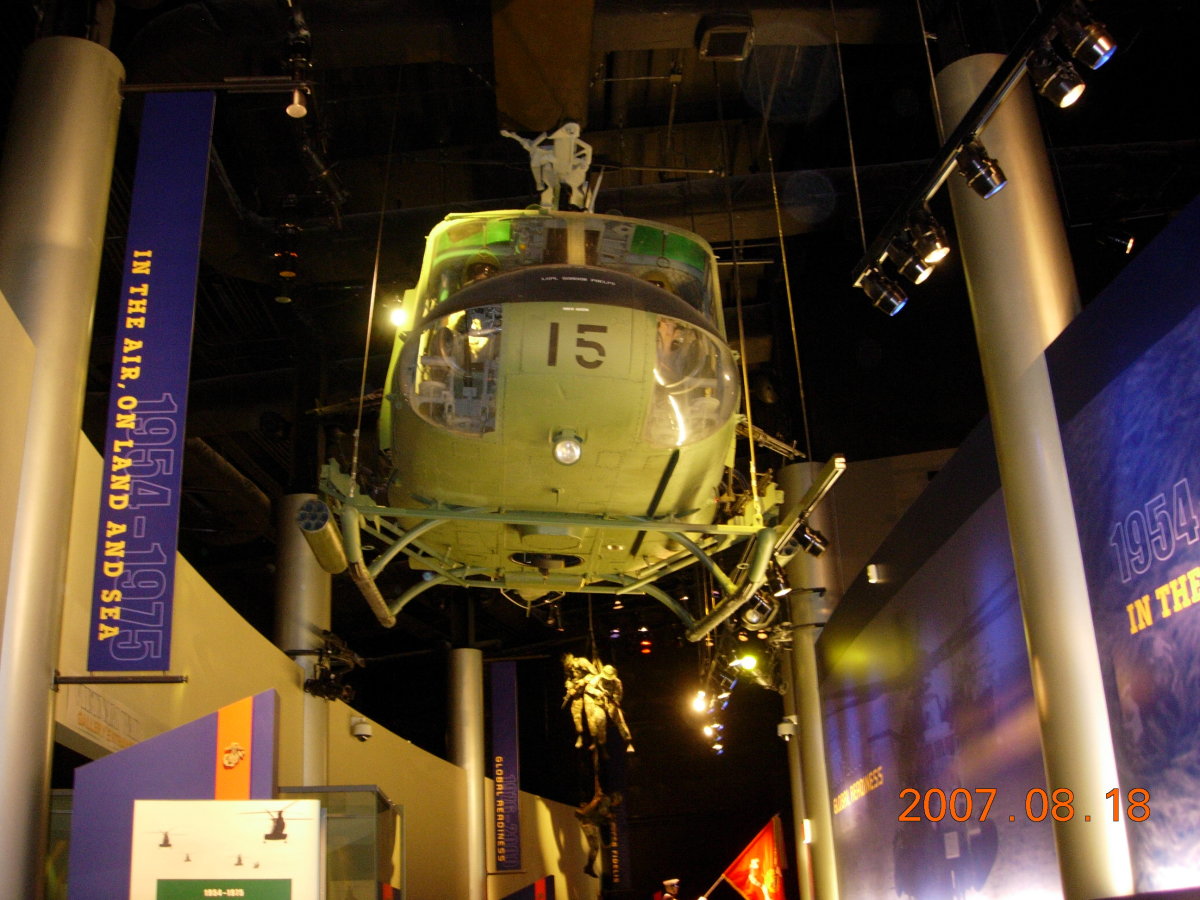




Contextual vs. Stand Alone
Should museum aircraft be displayed as part of a contextual exhibit or should they simply be displayed with a plaque identifying them and giving some technical and other factual information about them? The contextual exhibit has the advantage of putting the aircraft in a historical context. This gives museum patrons a better chance to appreciate the aircraft’s place in history. The disadvantage is the aircraft can easily become a piece of a life size diorama. The aircraft can become an accessory to the exhibit rather than an important part of an exhibit. The end result can be an exhibit that portrays the aircraft as insignificant.
Just displaying the aircraft with a plaque has the advantage of giving the patron the ability to get a good view, and photograph, of the aircraft. It also has the advantage of not cluttering up viewing and display space. This way more patrons can get unobstructed views of more aircraft. This is especially important if the aircraft is unique or one of a few remaining examples of it. A disadvantage is patrons who don’t know anything about the aircraft aren’t given a reason to be interested in the aircraft. Displaying an aircraft without a context is also a missed opportunity to confirm or refute what many believe about the particular aircraft. Without context an aircraft that had a significant role in history is indistinguishable from an aircraft that is historically insignificant.









Examples of Contextual Displays
In the National Museum of the Marine Corps aircraft are often suspended from the ceiling in such a way it’s difficult to get a good view of the aircraft without going to multiple galleries, if a good view is available at all. There doesn’t seem to be a reason to treat the aircraft as anything more than a piece of a 3-dimentional collage. Before the National Museum of the Marine Corps there was the Marine Corps Air-Land Museum on Quantico Marine Base. The museum was in a couple of Quonset huts. Despite the much smaller space the Marine Corps Air-Land Museum gave patrons an excellent view of aircraft and other large artifacts.
The “Legend, Memory and the Great War in the Air” exhibit at the National Air & Space Museum is an impressive exhibit but seems to brush aside aviation in World War I. The exhibit’s entrance has a display of pop culture references to World War I’s top scoring ace Rittmeister Manfred von Richthofen. Patrons are drawn to a movie theater that shows film clips from postwar movies about World War I air combat. The exhibit goes to great lengths to tell patrons pop culture portrayals of World War I air combat aren’t reality.
When the Issue Came to a Head
In 1994 the National Air & Space Museum planned to display parts of the newly restored Enola Gay in a contextual exhibit about the atomic bombing of Hiroshima and Nagasaki. The museum soon found itself in a controversy between those who wanted an exhibit to show the horrors of the atomic bombings and those who wanted to show the atomic bombings as necessary to end World War II. The latter group seemed to prefer no exhibit at all. The museum pushed forward with plans for a contextual exhibit. They had a tenuous relationship with the American Legion. This relationship ended when Dr. Martin Harwit, the National Air & Space Museum’s Director, changed the casualty estimates for the planned invasion of Japan from 250,000 to 63,000. The American Legion considered the change a breach of faith and called for the exhibit’s cancelation. Smithsonian Secretary I. Michael Heyman canceled the planed exhibit on January 30, 1995. Dr. Harwit resigned soon after. The attempt to show a contextual exhibit cost the Smithsonian over $450,000. The National Air & Space Museum opened an Enola Gay exhibit on June 28, 1995. This exhibit had very little context.
Contextual vs Stand Alone
How Should Historic Aircraft and other Hardware be Displayed?
This content is accurate and true to the best of the author’s knowledge and is not meant to substitute for formal and individualized advice from a qualified professional.
© 2014 Robert Sacchi

